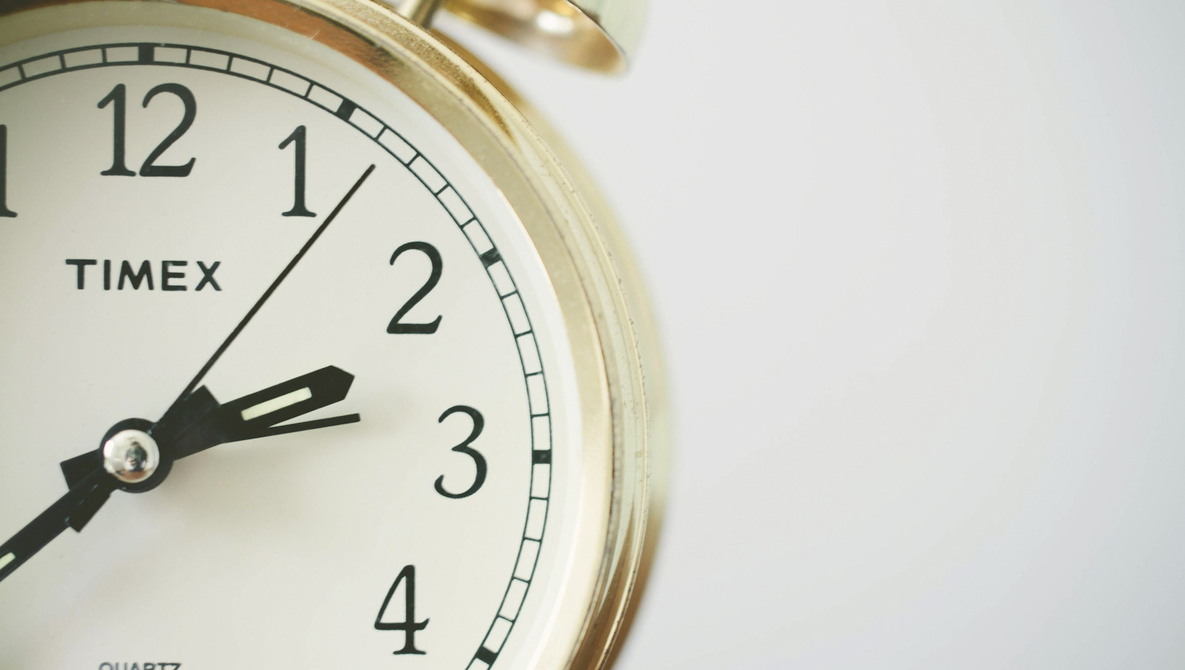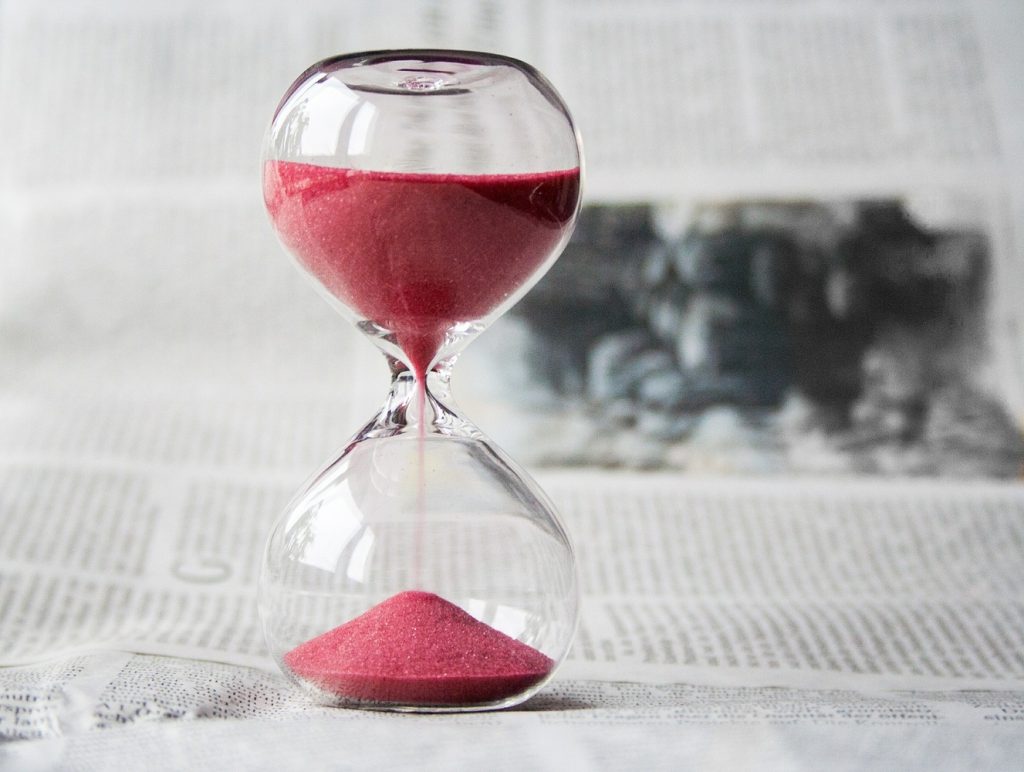
Subscribe to business or productivity “influencers” on the web and you’ll receive a variety of tips: “Nap this long,” “Consume more of these,” “Turn that device off!” But how do these techniques apply to photo editing, and can a one-size-fits-all productivity approach help us photographers use our editing time more efficiently?
Pomodoro Technique
While there are slight variations out there, the Pomodoro Technique is a standardized productivity approach emphasizing the following steps:
- Choose a task (for our business, let’s focus on image editing).
- Set your timer to 25 minutes and work uninterrupted on the task.
- When the timer is up, take a 5 minute break.
- Resume and repeat four times, giving yourself a 20 minute break after the fourth cycle.
The Pomodoro approach makes sense in theory: spurts of hyper-focused energy should keep one’s proverbial ball rolling, while short breaks keep us sharp and refreshed, thus avoiding burnout.
But does this technique work in photo editing?
Let’s say you have a large batch to edit (2,000-plus images) from a recent wedding or conference shoot. You begin by rating the images in Adobe Lightroom and using the Pomodoro Technique.
Around 10 to 15 minutes in, you get into your image rating “flow.” You assign ratings and mark your top picks for the client, all while zooming in and out on the images to check for sharpness. Before you’re even a quarter of the way done with the rating process, your 25 minutes is up. Now it’s time to check your email.
Your brain takes a 180 as you switch to a scheduling task, which was prompted via email by a new client. You call the client to confirm a set time, then work your client meeting into a schedule. By now 10 minutes have elapsed — oops, that took more time than expected.
As soon as you re-open Lightroom, you realize that the momentum you had 10 minutes ago is no longer there. Now you’re back to square one with your processing.
Since each editing job can take us several hours to complete, 25 minute work blocks seem less than ideal for photographers. Gaining momentum while rating and sorting photos is hard enough. More complex tasks like retouching seem to have an even steeper ramp up to gain maximum speed. Once you’re “there,” it can feel hard to stop because we all know how constant or prolonged interruptions tend to break our momentum.
My Personal Experience
Years ago when first heard this “productivity hack” mentioned on a podcast, I was admittedly intrigued. In theory it made sense to me; typically when I come back from a break, I feel refreshed. So why not take breaks more frequently?
As someone who falls into procrastination, I often feel overwhelmed by tasks that are mundane but daunting. I find myself taking unplanned distractive breaks on a regular basis anyway. So I downloaded an app called Drop Timer and tried it out on several occasions.

When faced with a large editing queue, the timer unfortuantely amounted to an annoyance. I would end up ignoring it, working through the breaks and only taking the 5-minute breathers every hour or so.
I’ve found that Pomodoro Technique seems to work the best for smaller non-editing tasks, like filling out a simple contract or sending an invoice. The issue for photo editing that arises (as I mentioned earlier) is the editing flow.
If you edit in large chunks of time (hours), a nap can provide a good reset, though the ensuing grogginess might slow down the process of resuming your editing.
If you’re a fan of napping between long editing streaks, taking a moment to research a bit about optimal nap time can be helpful.
Research has shown that a half-hour nap between 1 and 3 p.m. is the optimal time for napping, but you should still experiment and find your sweet spot: the length of your workday combined with your unique sleep schedule should factor into determining your optimal time.
Conclusion
For many photographers, editing jobs (those taking longer than an hour, say) require a break of some sort. That break is a perfect time to recharge with a quick walk or even some simple task. How long your work block and breaks are should depend on your personal preferences and can take into account the size of the job at hand.
Pay attention to your own productivity and take mental notes on how much you get done when working and breaking at different intervals. Do you have trouble getting back into the swing after a 30-minute-long break? Perhaps you require shorter breaks.
Productivity experts often say to check email (or whatever else repeatedly distracts you) on the top of the hour. This could be a good break rule for large editing jobs. You won’t be responding too late to something important, but you’ll still be getting decent chunks of editing in.
If you seem to get the most done without any actual breaks during the workday, a no-break workday might be ideal for you. But we’re not editing robots, and without rest a point arrives when our performance declines. In Japan the culture of voluntarily overworking oneself has been known to lead to premature death (known as Karōshi). Make sure you’re managing your stress levels and diet if you tend to push yourself.
Many of us have a need to edit faster and more productively. Perhaps that’s why you clicked on this article in the first place. Here are a few ideas for streamlining your editing process:
- Use bulk editing processes in programs like Lightroom.
- Rate your images first, then edit the best rated selections. This way you’re blazing through each of the processes separately instead of switching between rating and editing.
- While editing, flip your phone over face-down so that app notifications don’t distract you.
- If you think of something important to do while editing, write it down and come back to it later.
What have you found is your ideal work-to-break ratio for editing?
Lead image by Free-Photos via Pixabay.
This article is written by Scott Mason and appeared here.
